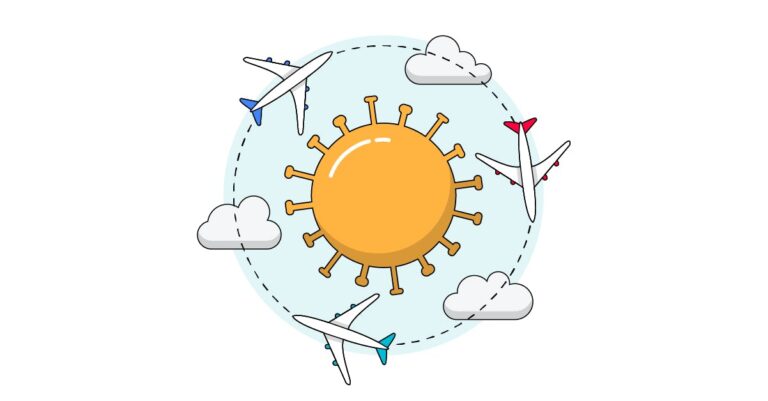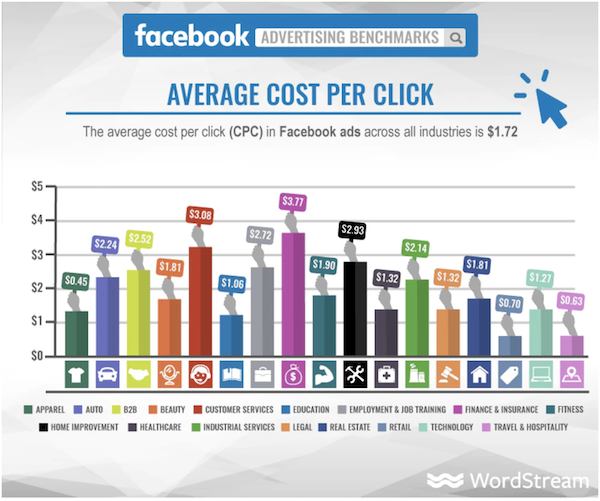
This information ensured that staff were better equipped to manage those calls. Conversation analytics, which spots common keywords, also enabled contact centre staff to be aware of the most popular queries or questions so they could handle those calls more easily.
This is not a simple puzzle to solve, but brands must crack it to meet modern-day customer service expectations. It’s also necessary if brands want to optimise and enrich their experiences.
Brands are increasingly developing a measurement toolkit that will provide a more holistic and less siloed view of their operations. This is requiring them to weave together various sources of online and offline information, including call tracking, footfall and online data.
For instance, when data from multiple sources is fed into algorithms, we can quickly gain an understanding of an individual’s previous experience across brand touchpoints, assess their likely needs and then present them with specific messaging and enriched experiences.
The utility of call tracking
The goal for many brands is to harmonise that omnichannel ecosystem so customers gain a more consistent and personal experience.
For example, when the government changed its guidelines on the specific holiday destinations people could and could not visit, travel companies needed to know how best to respond.
The typical customer purchase journey can see buyers engaging with brands across several different touchpoints. For example, this might include an initial online search, followed by a visit to a business branch to test the product, followed by a phone call to check details.
For example, if companies are experiencing a peak in calls because customers ‘can’t find information on the website’ or ‘there is a bug on the company’s app’, the data will highlight specific pain points in the broader customer journey.
Painting a broader picture
Before any of this is possible, however, companies will need to build that measurement toolkit and gather data from both online and offline sources. This is the crucial first step in joining up the customer journey and giving brands the ability to meet consumer expectations, on whatever channel they choose.
Call tracking insights help brands to identify where they should divert resources in order to best cater to customer needs. This was particularly apparent during the pandemic, when companies could no longer welcome customers into stores.
By analysing their phone call data with call tracking, companies could see that the volume of calls they were experiencing had increased, so they could increase contact centre staffing levels accordingly. Crucially, this measurement data also helped those companies understand why people were likely to be calling at any given time – whether to book trips, get the latest advice or seek reassurances about travel arrangements.
The next step
With this level of insight brands can provide a true omnichannel experience and enhance the level of customer service they provide. From a marketing perspective, it can also enable greater levels of automation and personalisation – helping to improve both the effectiveness and efficiency of campaigns.
If there are technical problems on the app or more information is required on the website, these insights will help brands remove potential barriers to sale. The long-term objective for companies must be to collate a broad array of measurement data so they can develop this type of holistic understanding.
This type of call intelligence can help to optimise customer journeys over the phone, but it also helps to paint a broader picture of what is happening across a brand’s overall operation – allowing for improvements to be made to other channels.






